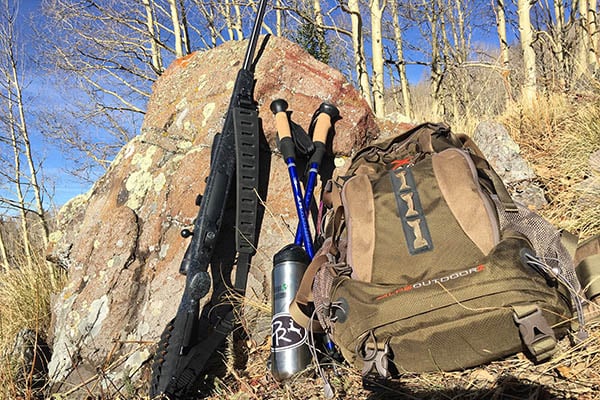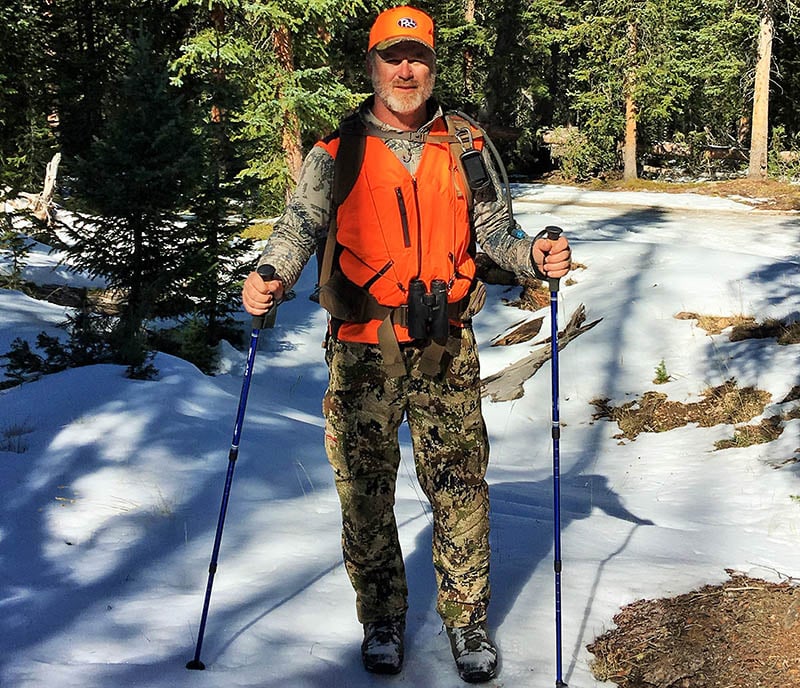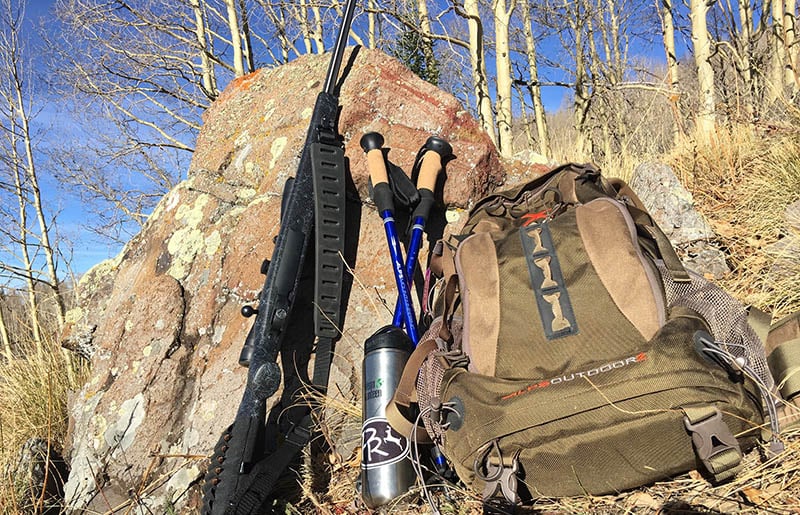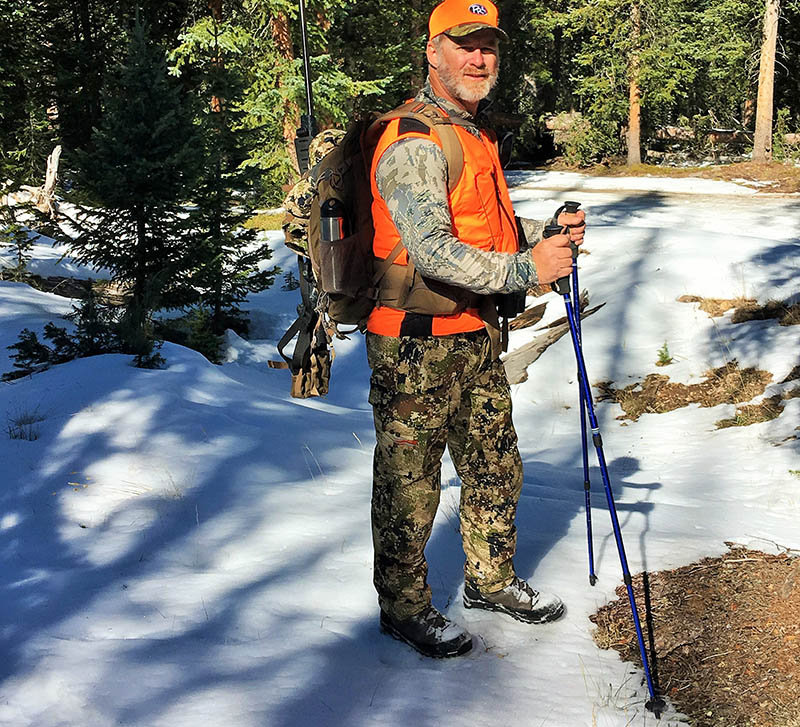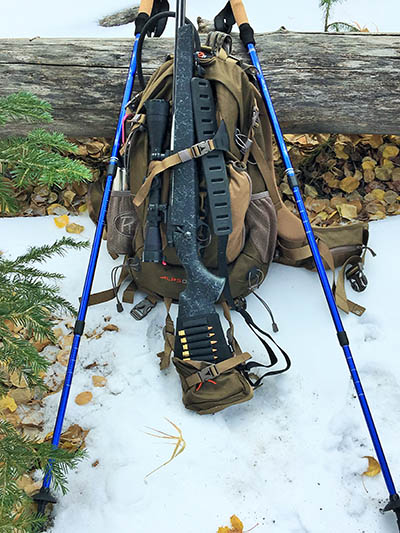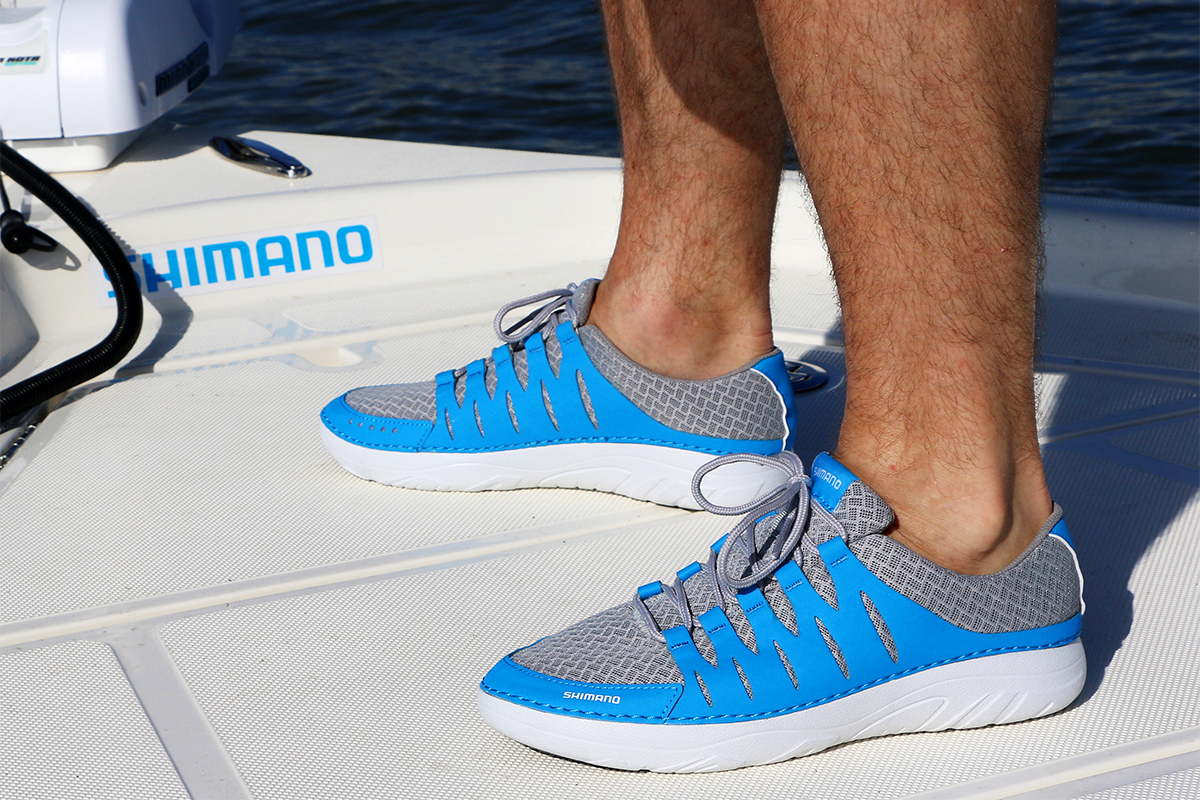Last Updated on
By Pete Rogers
I have to admit, a few years ago I laughed at people using trekking poles or hiking sticks. Admittedly, I have used a hiking stick, made of wood and about forty inches long, most of my life. Although I never measured the hiking stick, I carried one for balance and because it just felt right to do so. I swore off aluminum or carbon fiber “sticks” because, well, they were not wood and just didn’t seem to fit.
As I have moved into my fifties, I’ve started thinking about things a little differently than I did before. Isn’t it funny how age brings some sort of wisdom? I began to notice that my balance was not as respectable as it used to be. I also know that three surgeries on the same knee can make for a weak leg, and support becomes a little more necessary. I also spent a good deal of time researching whether I needed to use the poles, and the data is difficult to argue with.
Why Trekking Poles
According to many studies, the use of trekking poles reduces the strain on knees and ankles anywhere from 15-25%. They also provide a host of other benefits, including support for the arm and shoulder muscles and relief for the leg muscles. Using the basic “hands above the heart” position necessitated by the poles, circulation is improved and heart rate is reduced. Personally I noticed that when climbing everything from moderate to steep grades, I entered into a rhythm which made the climbs easier, and I reached the top less fatigued than without the poles. Having the poles available for balance issues when ascending and particularly when descending steep terrain quickly became indispensable. A side benefit of the trekking poles is they also double as spider web patrol. Being able to see and knock down the spider webs that cover most of the trails here in the south from March to October is a great benefit.
As I began to train for a trip at high altitude in Colorado hunting elk, I thought I should try some of the aluminum hiking sticks. When I went looking for some aluminum or carbon hiking sticks, my local retailer informed me that “hiking sticks” are made from wood and “trekking poles” are made from other materials. Thus my education went into trekking poles. Not wanting to jump into the fire too heavily, (insert- I am cheap) I bought me some very inexpensive poles from a discount big box store.
It wasn’t long before I realized that you get what you pay for. As I began my training by hiking trails in my local mountains with a thirty pound pack, I learned why these poles were so cheap. They never held their position when pressure was placed on them, and they collapsed. After two trips the straps broke, and they were tossed into the trash can. But I had them long enough to know that I needed a good pair. That is when I found Alps Mountaineering Trekking Poles.
Alps Mountaineering Trekking Poles
Alps Mountaineering and Alps Outdoorz has long been a leader in backpacking, camping, and hunting. Their crossover products include tents, packs, and trekking poles, which are available in four different models, all made with 7075 aluminum. The pair I used were the Excursion available in blue and with cork handles. I have a preference for cork over foam. The cork just feels better in my hand.
All of the poles come with adjustable wrist straps and a tungsten carbide tip with a removable rubber cap. I really like the rubber cap, as it grips well and is not as apt to sink into softer terrain. The Conquest is a folding pole with built-in bungee cords that make assembly fast and accurate. Measuring 51 inches when extended, this is a standard length. Foam grips help to maintain control.
The Journey trekking pole quickly locks into place with a fast-locking lever system. Like the others it features high quality 7075 aluminum construction. The Journey is both durable and light weight. This adjustable trekking pole also provides a built-in anti-shock system, so you are ready to conquer even when the terrain turns rugged. The anti-shock may not seem like a big deal until you have walked more miles than you really should.
The Excursion mentioned above are the heaviest poles offered by Alps Mountaineering, weighing 10.6 ounces, but the added weight comes from the handles. The standard accessory basket is pretty small and does not really offer a lot of stability in the soft ground. The Excursion is a very comfortable trekking pole. The only negative is the adjustments are in centimeters rather than inches. For some reason it seems that bottled water and trekking poles are the only things that made the metric system transition. Even still, marking the same length for each pole is fast and easy. A quick twist and lock mechanism makes it fast. Breaking down to a shade over 15 inches, they pack easily when not needed.
Using the trekking poles on my elk hunt was a must. Walking from seven to eleven miles a day in high altitude with a pack and rifle was manageable because of my Alps Mountaineering Excursion trekking poles. I am sure, that every future adventure, hike and stroll around the property will be made with my Alps Excursion trekking poles.
Perhaps the only negative I could find in my new foray into the world of using trekking poles is that, occasionally, the poles would catch on a vine, rock, or other obstruction and break my rhythm causing a stumble. After some practice I began to get the hang of it, and the benefit of using trekking poles far outweighed the few negative aspects of using them.
